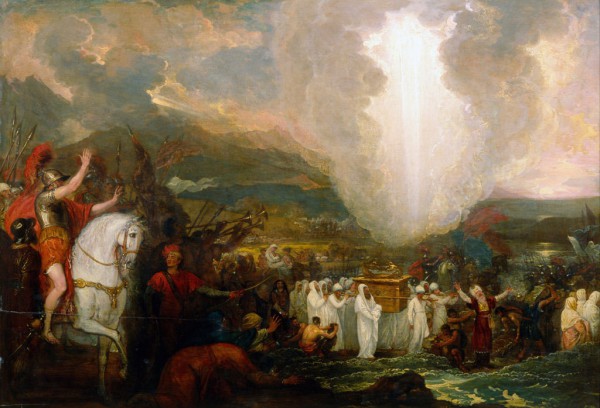
In the Chrysalis schema, Mary is the ultimate archetype of the Great Mother Goddess. (The Vatican, on the other hand, does not see it this way.) Other deities that represent the Divine Feminine and who are included in the Chrysalis pantheon include the primordial Earth Goddess, Gaia, Ariadne, Brighid, Kali and Bastet. Such prominent inclusion of the Divine Feminine archetype and consequently her energy are very important aspects that set Chrysalis Tarot apart.
We chose today to publish this blog since yesterday, Sunday August 15th, the Solemnity of the Assumption of Mary was celebrated. The Assumption is an important feast day in the church and also a date Chrysalis users should cement in their conscious awareness. Chrysalis considers the Assumption of Mary an apotheosis; she should be regarded by us as an integral, inseparable aspect of the Divine, which sadly is viewed by our civilization as entirely patriarchal. Patriarchal societies always evolve patriarchal gods.
Were we to define “Chrysalis mysticism,” the Divine Feminine would be its foundation stone. In Jewish theological thought, particularly mystical Kabbalism, the Divine Feminine is known as the Shekinah. It was the Shekinah who led the Jews out of exile – her divine presence dwelled with and within them and often was symbolized as a blinding, extraordinary light, just she is on a number of Chrysalis cards, for example, Storyteller, Chrysalis Tarot’s unique interpretation of the Shekinah.

Whenever we derive genuine inspiration from a reading and are honestly unable to attribute the inspiration to our own ego, the Shekinah is speaking to us via one of her many spiritual surrogates and archetypes.
Much more about the Shekinah can be found in the Chrysalis Tarot companion book. This is from Tali Goodwin’s Introduction:
“I was also able to appreciate how it [Chrysalis] wove seamlessly the spiritual
essentials drawn in other decks, particularly the presence of the Shekinah,
such an intrinsic yet barely mentioned mystery of the Waite-
Smith and Waite-Trinick Tarot images. I am impressed by how such
concepts are here raised from religious constraints and placed in a
space from which we can all draw, universally and compassionately,
through the images of the deck.”
© Toney Brooks, 2021
